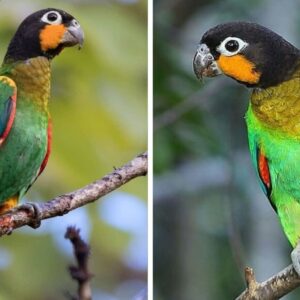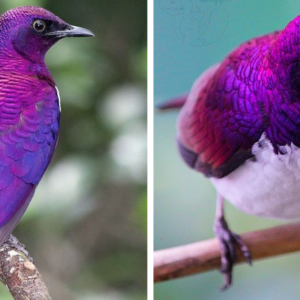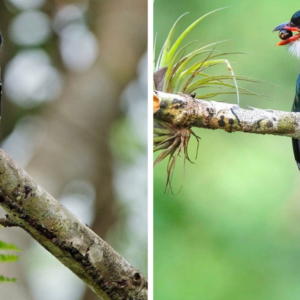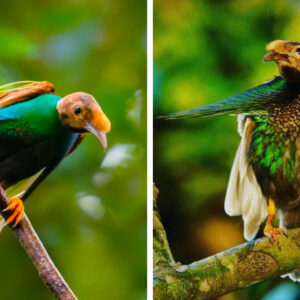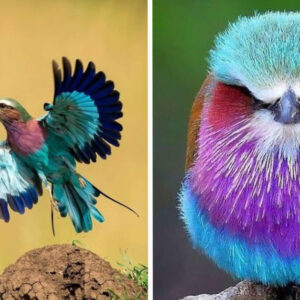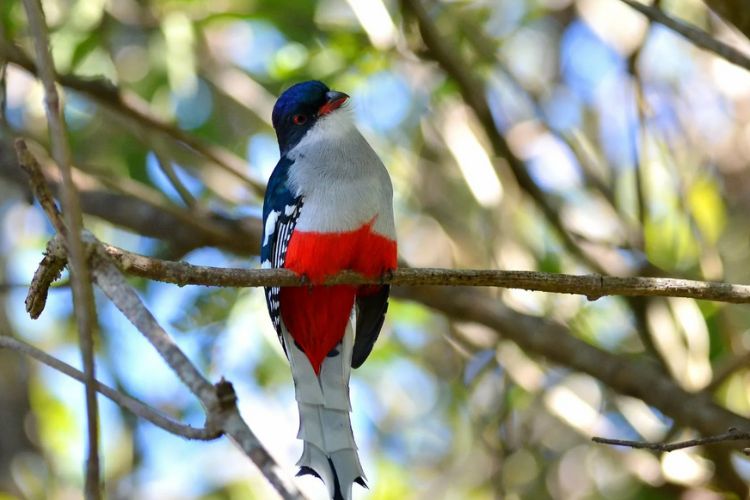

Nestled in the vibrant landscapes of Cuba, the Cuban Trogon, also known as Tocororo, stands as a testament to the mesmerizing wonders of nature. This enchanting bird not only captivates the eye with its stunning plumage but also showcases a unique and graceful way of life.
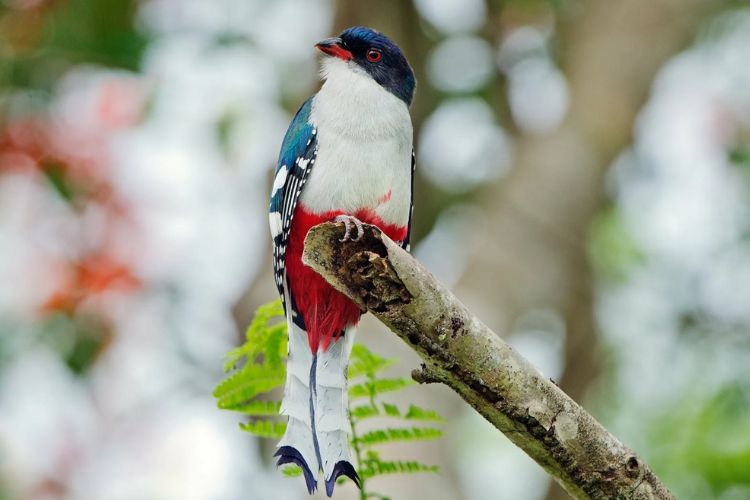

Exquisite Plumage: The Cuban Trogon boasts a striking combination of colors that paint a vivid picture against the lush green backdrop of its habitat. Its body is adorned with a brilliant mix of red, blue, and white feathers, creating a visual symphony that reflects the rich biodiversity of Cuba. The intricate patterns and contrasting hues make the Cuban Trogon a living work of art, a feathered masterpiece in flight.
Symbolic Significance: Revered as the national bird of Cuba, the Tocororo holds deep cultural and symbolic significance. Legend has it that its colorful plumage mirrors the hues of the Cuban flag, establishing a connection between the bird and the nation’s identity. Cubans cherish the Tocororo as a symbol of freedom and pride, a living emblem that reflects the spirit of their homeland.
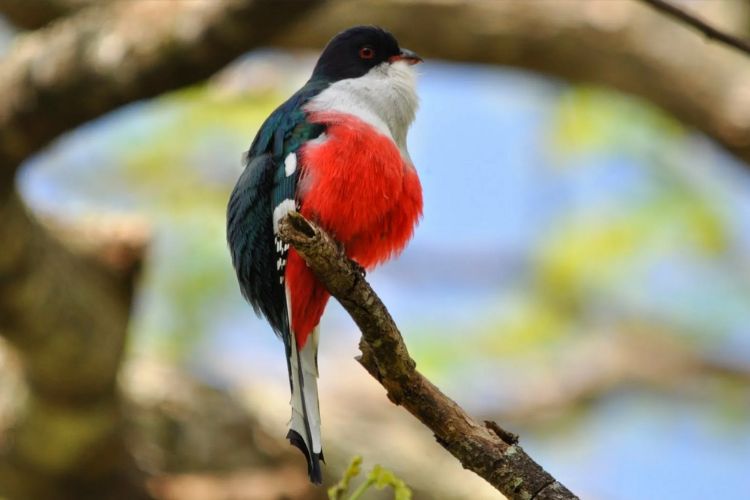

Graceful Habitat and Habits: Beyond its visual allure, the Cuban Trogon displays an elegant and deliberate way of life. Inhabiting the subtropical forests of Cuba, it gracefully maneuvers through the dense foliage, showcasing agility and finesse. Its melodious calls echo through the canopies, a harmonious reminder of the symbiotic relationship between the bird and its habitat.
Distinctive Courtship Rituals: During the mating season, the Cuban Trogon engages in captivating courtship rituals. The male, with its vibrant plumage, performs intricate aerial displays and calls to attract a mate. This spectacle not only highlights the bird’s commitment to procreation but also underscores the importance of preservation efforts to safeguard its unique behaviors.
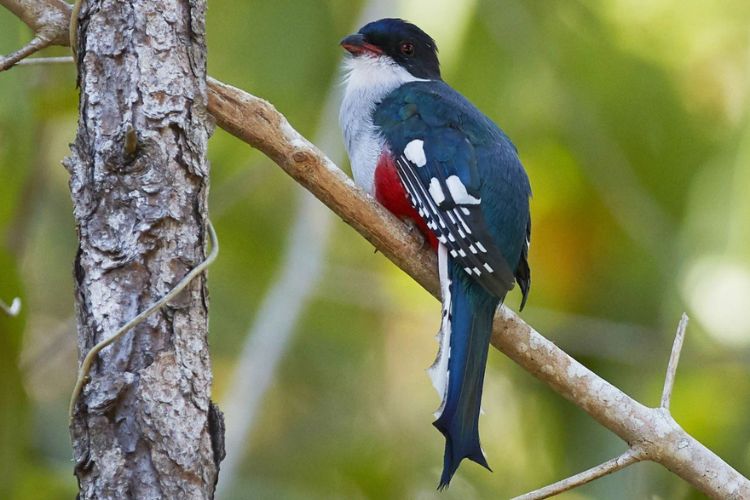

Conservation Challenges: Despite its iconic status, the Cuban Trogon faces conservation challenges due to habitat loss and climate change. Efforts to protect its natural environment and raise awareness about the bird’s importance in Cuban culture are crucial to ensuring the survival of this magnificent species.
Conclusion: The Cuban Trogon, with its resplendent plumage and elegant lifestyle, stands as a living testament to the natural wonders that grace the island of Cuba. Beyond its aesthetic appeal, the Tocororo symbolizes the delicate balance between nature and culture, urging us to appreciate and conserve the beauty that unfolds in the heart of the Caribbean.
